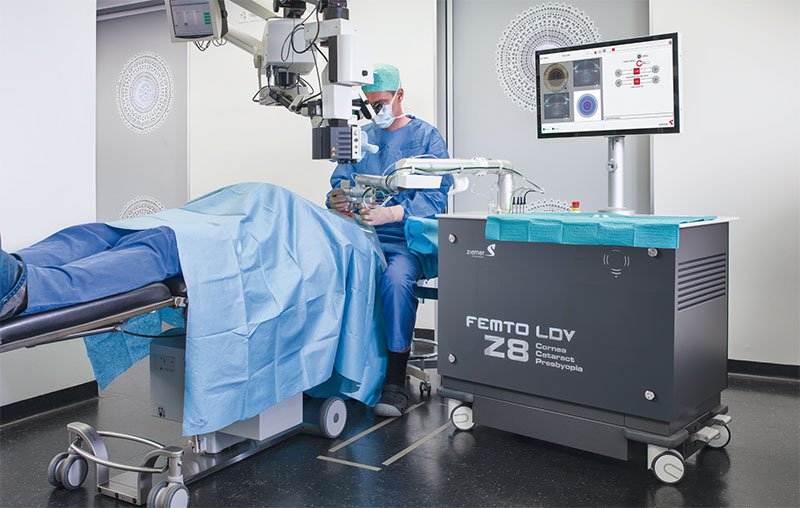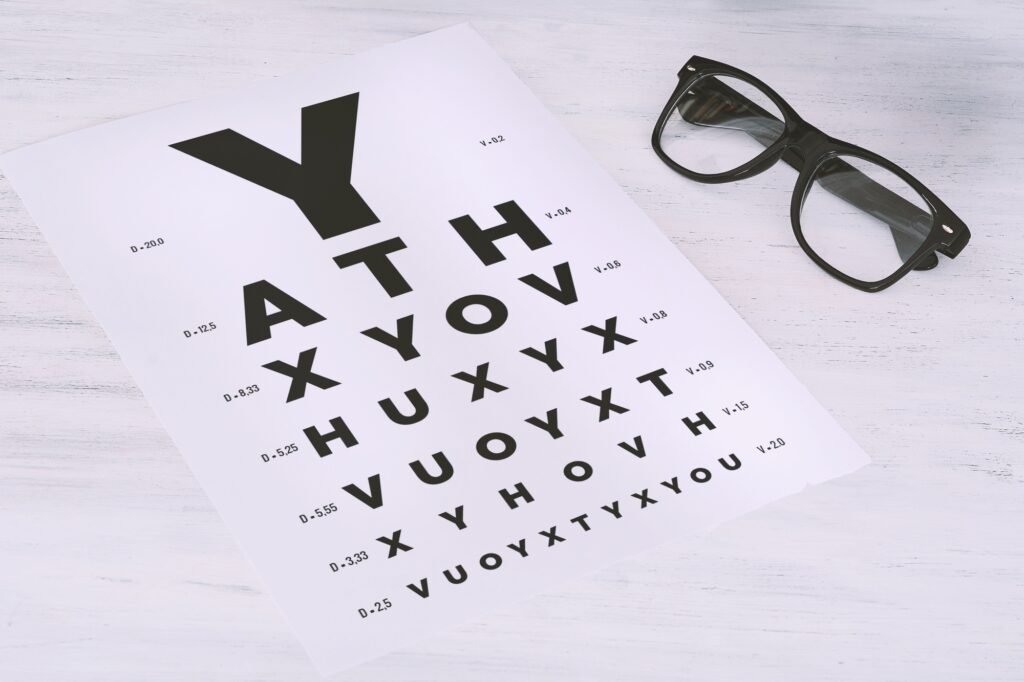Services
Services we offer:
Services we offer:
Cataract surgery is a common procedure to remove a clouded lens from the eye and replace it with an artificial lens. It’s an outpatient procedure, and in most cases, patients can resume their normal activities within a few days.
The patient is given local anesthesia, and a small incision is made in the eye to access the cataract.
An ultrasound device is used to break the cataract into small pieces for easy removal.
After removing the cataract, an artificial lens is implanted to restore clear vision.

Traditional surgery carries a risk of certain complications such as infection and inflammation.
The manual technique involved in traditional surgery may lead to less accurate results.
Patients may experience a longer recovery period after traditional cataract surgery.
Laser assisted surgery uses advanced laser technology to perform key steps of the procedure.
Laser surgery offers a higher level of precision and accuracy in treating cataracts.
Laser technology allows for customized treatment based on the unique characteristics of the patient’s eye.
Improved Precision
Laser assisted surgery offers unparalleled precision, enhancing the overall results of the procedure.
Faster Recovery
Patients tend to experience a faster recovery period with laser assisted cataract surgery.

Laser technology utilizes detailed imaging to map the eye and plan precise treatment.
The laser system performs highly precise incisions, contributing to improved surgical outcomes.
The advanced technology minimizes the risk of complications and ensures a safer procedure.

Patients can resume their daily activities sooner after laser assisted cataract surgery.

Recovery progression after the surgery demonstrates gradual and positive improvement in vision.
Continuous advancements in laser technology are further enhancing the efficacy of cataract surgery.
Laser assisted surgery is contributing to increased patient satisfaction and positive outcomes.
The future of cataract surgery looks promising with ongoing research and technology-driven innovations.